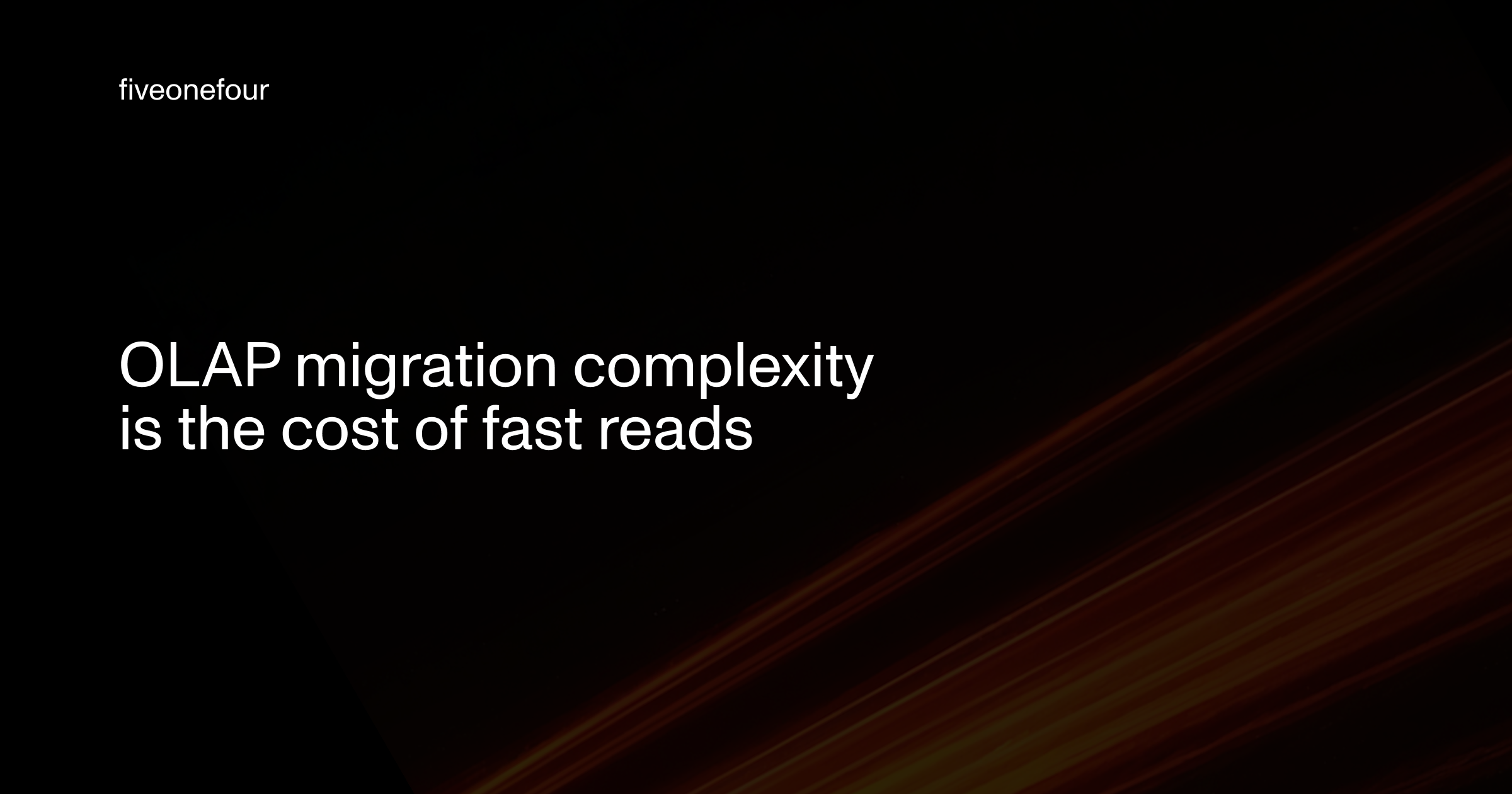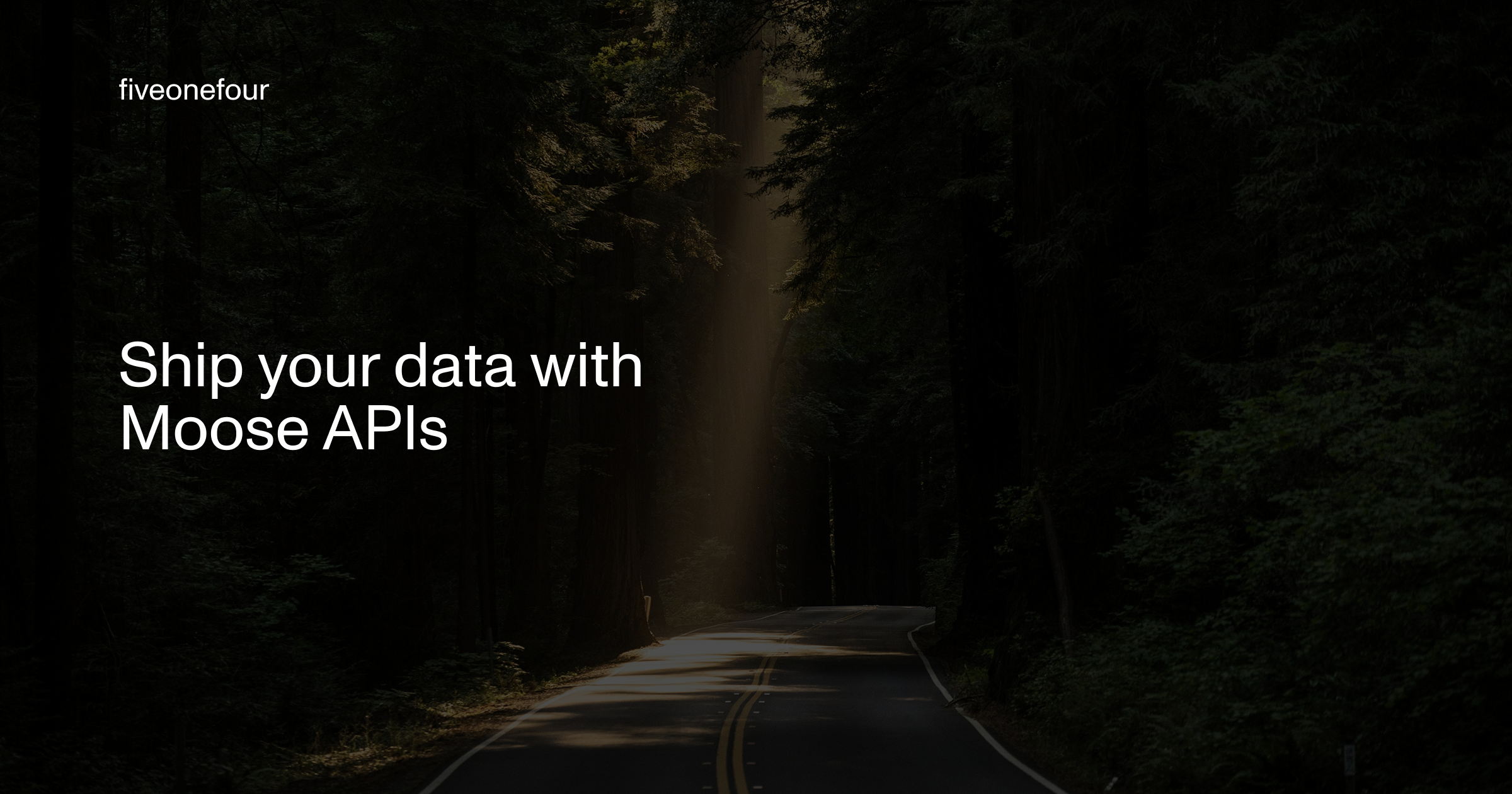10 Key Takeaways About OLAP — For Modern CFOs and Finance Leaders
TL;DR
OLAP (Online Analytical Processing) is the high-performance analytical engine that powers modern financial intelligence.
It turns raw transactional data into multidimensional insights—so you can analyze profitability, working capital, and forecast accuracy in seconds instead of hours.
1) OLAP is the analytical backbone of finance.
It organizes data by business dimensions—product, region, customer, time—enabling instant aggregation across billions of rows. That’s how FP&A teams close faster, forecast more often, and explain results more precisely.
2) Speed is strategic.
Columnar storage and vectorized execution make OLAP dramatically faster than traditional relational databases for reporting and modeling. Real-time consolidation of revenue, expense, and variance data empowers proactive decisions, not reactive ones.
3) Unified visibility replaces spreadsheet chaos.
With OLAP, finance can unify ERP, CRM, supply chain, and HR data into one analytical view—a single source of truth for leadership dashboards, investor reporting, and operational KPIs.
4) Continuous forecasting becomes possible.
OLAP enables rolling forecasts and scenario analysis that refresh in minutes. Model cash flow sensitivity or margin compression in real time, instead of waiting for batch updates.
5) Governance and transparency are built in.
Every measure and dimension is defined centrally—so when the CFO says “gross margin,” FP&A, operations, and investors are speaking the same language.
Version control and audit trails ensure integrity from transaction to report.
6) AI-driven planning depends on OLAP performance.
Predictive models for demand, pricing, or collections call thousands of queries per second. OLAP’s architecture sustains that scale—powering machine learning–driven forecasting and real-time variance detection.
7) Faster close, sharper insight.
With near-instant data access, finance can accelerate consolidation, reconciliation, and variance analysis—cutting days off the monthly close and improving forecast accuracy by double digits.
8) Strategic agility through modeling.
OLAP supports dynamic, multidimensional models—“What if we increase headcount in EMEA?” or “What if material costs rise 4%?”—with results in seconds. That speed gives leadership room to think, not wait.
9) Financial analytics as a business enabler.
When FP&A, operations, and sales share the same analytical layer, finance becomes a partner in growth—providing insight into profitability by segment, customer lifetime value, and cost efficiency.
10) The modern finance stack is OLAP-first.
From Databricks and Snowflake to open-source engines like ClickHouse, OLAP underpins the analytics powering AI, planning, and performance management.
Future-ready finance teams are already building on it today.
About Fiveonefour
Fiveonefour builds open, AI-ready data infrastructure that transforms how organizations analyze and act on information.
Our architecture integrates seamlessly with enterprise systems—enabling CFOs and FP&A leaders to move from static reporting to continuous, intelligent finance.
At-a-glance (Enterprise Finance Metrics / SLAs / Governance)
-
KPIs: EBITDA margin, cash conversion cycle, forecast accuracy, working capital efficiency, cost per transaction
-
SLAs: p95 <1s query latency for top 50 dashboards; <15 min data freshness for ERP-to-reporting sync
-
Governance: role-based access, audit trail lineage, GAAP-compliant financial controls
Interested in learning more?
Sign up for our newsletter — we only send one when we have something actually worth saying.
Related posts
All Blog Posts
OLAP
OLAP migration complexity is the cost of fast reads
In transactional systems, migrations are logical and predictable. In analytical systems, every schema change is a physical event—rewrites, recomputations, and dependency cascades. This post explains why OLAP migrations are inherently complex, the architectural trade-offs behind them, and how to manage that complexity.

OLAP, Product
Ship your data with Moose APIs
You’ve modeled your OLAP data and set up CDC—now it’s time to ship it. Moose makes it effortless to expose your ClickHouse models through typed, validated APIs. Whether you use Moose’s built-in Api class or integrate with Express or FastAPI, you’ll get OpenAPI specs, auth, and runtime validation out of the box.